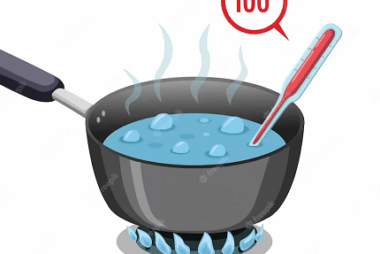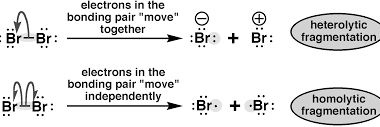Effect of branching on them
The effect of branching on alkanes, which are a type of hydrocarbon with only single bonds between carbon atoms, is to decrease their boiling points and increase their solubility in water. When the carbon chain of an alkane is straight, the molecules can pack together more tightly, leading to stronger intermolecular forces and a higher…









